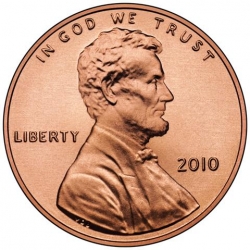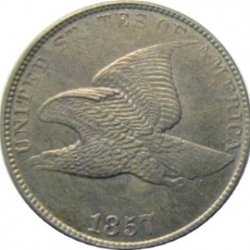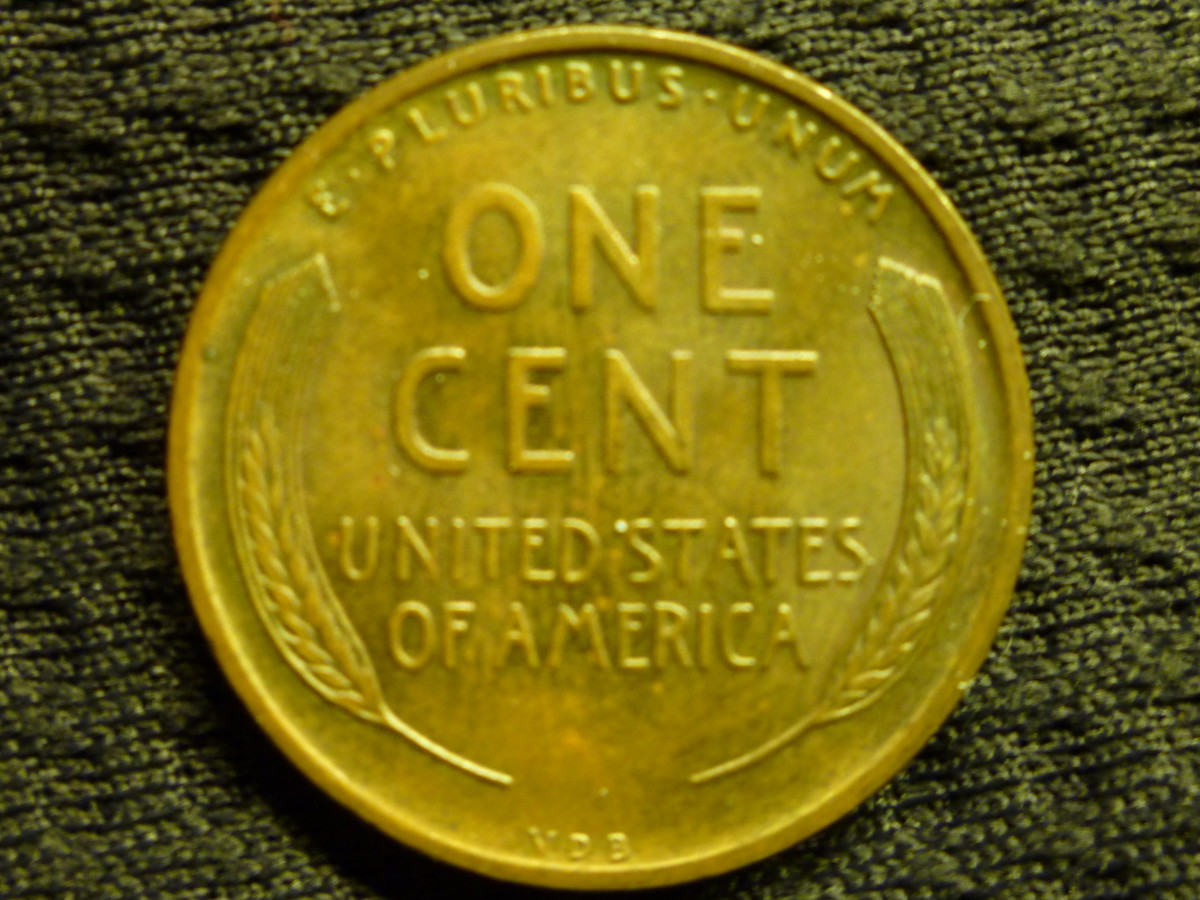It's Time to Eliminate the American Penny

Why is the penny still being made?
In 2009, the US mint made well over 2 billion pennies at the Philadelphia and Denver facilities. Why? Isn't it time to stop making this coin? The penny is now commercially irrelevant. While many people have fond memories of the penny, it is simply time to retire this denomination of coin as a commercial currency unit. Since there is nothing available for sale that costs just one penny, the coin is completely useless. In fact, there are hardly any items for sale that cost 5 cents. Perhaps the nickel should be eliminated as well. This has not always been the case, of course, but with so many years of inflation, it is a fact today that the penny could be eliminated and no one would notice. The US mint has confirmed that it costs 1.67 cents to make a penny. This means that the government lost almost $16 million making pennies in 2009.
2012 Update
Canada has eliminated their penny. Canadian pennies have been produced from 1858 to 2012 but they are now discontinued. Due to the fact that the penny has lost an incredible amount of purchasing power over the years, the unit of currency has been dropped in Canada. For the time being, pennies will still circulate as many billions have been produced. The Canadian mint is withdrawing them and in time they will be uncommon at stores. When that day happens, perhaps in late 2013, cash transactions will be rounded up or down to the nearest 5 cent amount. New Zealand has eliminated both the penny and the nickel so such large changes to the monetary system can be made.

The First Modern Penny
First made in 1856
The modern penny was actually first issued in 1856 with an image of a flying eagle on one side and a wreath on the other. It was changed from the earlier large cent which had been produced since 1793. After 65 years, the government found that the cost to produce the larger coin began to exceed a penny. The decision was made to reduce the size in order to save costs. Even then, the cost of the penny was a consideration. Since 1856, the purchasing power of the penny has declined by 26 times. That is, the 1856 penny, after adjusting for inflation, would now be worth 26 cents. This devaluation in the purchasing power of the penny supports it's elimination.
Collectible Pennies
They will always be great
While most of the pennies ever made are bascially worthless, a few are super stars in the coin collecting world. The 1856 Flying Eagle penny was the first small cent and only about 700 were made. These are very valuable today. The 1877 Indian penny was rare and is also valuable today. Some of the first Lincoln pennies from 1909 were rare and collectible too. Certain other dates and varieties of pennies are scarce and collectible. Of the billions of pennies made, however, only a small fraction are particularly expensive for collectors today. Chances are these will always be valuable even if the government eliminates the penny.
The Economy Without Pennies
No one would notice
After the penny is eliminated, regular commerce would continue and no one would miss the penny. The penny is only used for cash transactions so many people paying with credit or debit cards don't even care about the penny now. Cash transactions would need to be rounded to the nearest 5 cents. Some people think that eliminating the penny would cost real money to people as these roundings occur. That is false. The truth is that sometimes the rounding would favor the customer and other times it wouldn't. In the course of a year, each person should come out even. A worst case would be that a customer has their change of say $1.22 rounded to $1.20. This would cost the customer 2 cents. 100 of these downward roundings would cost the customer $2, distributed over time. Other cash transactions would net the customer free cents so no damage to the customer's finances would result.
Duel - Viewers Weigh in on the Penny Debate
It's time to eliminate the American penny






